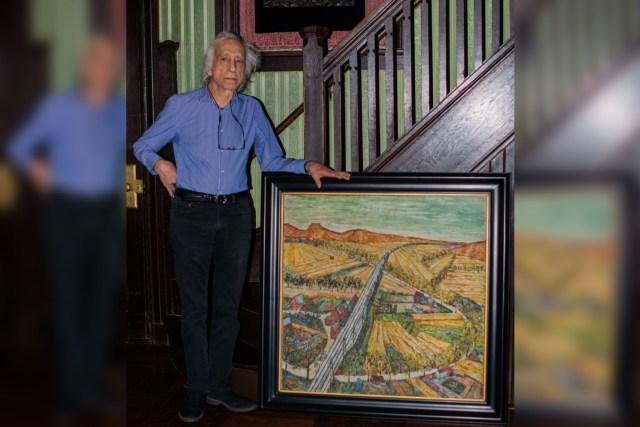Denied the authenticity of a Van Gogh’s artwork
On 7 September, the owner of the painting “Auvers, 1890”, the American collector Stuart Pivar, sued the New York Supreme Court for $ 300 million against the Van Gogh Museum in Amsterdam.
Pivar, known for having founded the New York Academy of Art together with Andy Warhol in 1979, would argue that the Dutch museum ruled on the authenticity of the work solely on the basis of photographic documentation, refusing to view it in more detail.
The work at the center of the legal matter is “Auvers” dated to 1890 with signature on the back, and would be the only square-shaped canvas attributed to Vincent van Gogh.
It was thought that this canvas was dispersed until Pivar found it in an auction organized by private individuals but which, according to the collector, did not come from the artistic environment and whose identity he did not want to reveal.

The report released by researchers at the Van Gogh Museum in Amsterdam claims the work is a fake.
The document reconstructs the museum’s decision starting from the study of a stamp on the back of the canvas, attributable to Jonas Netter. The famous 20th century collector, however, was not known for possessing works by Van Gogh as well.
Another track followed by the museum concerns the presence of other swastika stamps, but judged suspicious and unjustified. According to the report of the Jonas Netter museum, he was indeed in Paris during the German occupation and was of Jewish origin, but he had got rid of most of the works in his collection well before the Second World War, thus escaping confiscations. Nazis.
The report provided by the museum’s research team also claims that the handwritten “Vincent” signature on the canvas is of an unusual brown ink. The artist’s signature appears today in brown, but according to experts Van Gogh used to use a black ink that then faded over time to a brown hue.
To these considerations, further considerations have been added that concern however the view of Auvers represented in the canvas owned by Pivar.
The square work proposes a shot of the landscape from above that would only be possible to have by helicopter, unlikely in Van Gogh’s time.
All that remains is to wait for the verdict of the Supreme Court to find out how this affair will turn out.
Photo Credits: Courtesy of Van Gogh Museum





